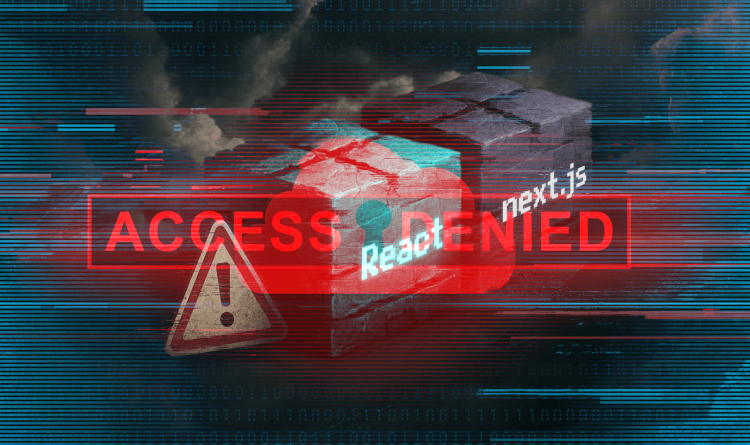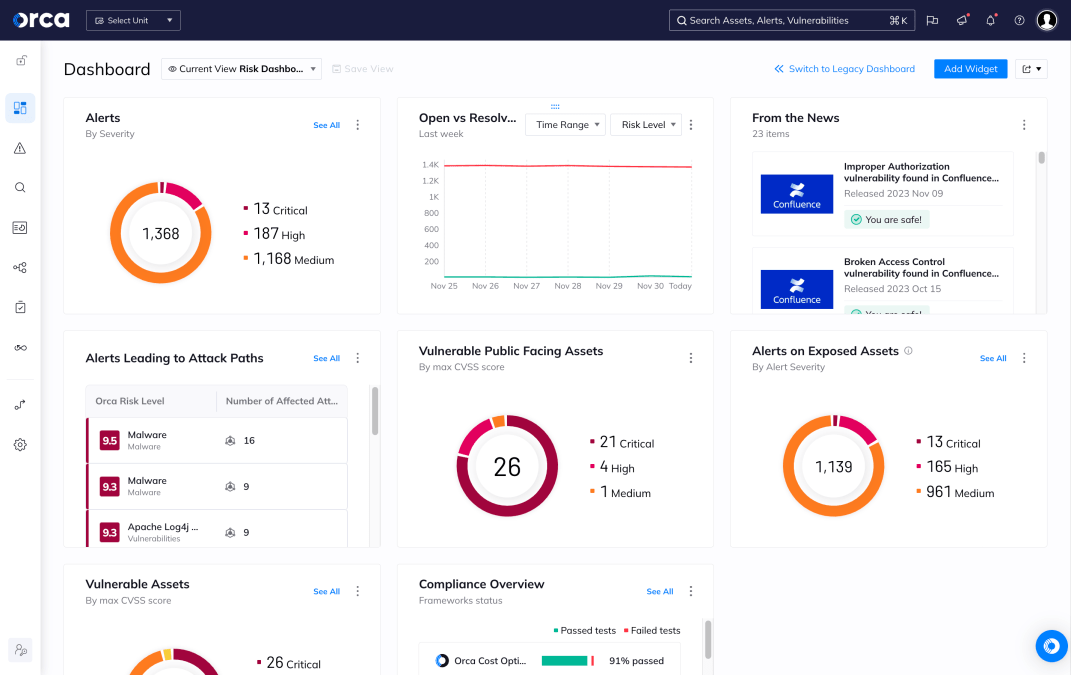Continuous Threat Exposure Management (CTEM) is a proactive cybersecurity strategy focused on continuously identifying, assessing, and prioritizing exploitable security exposures across an organization’s complete attack surface. Unlike traditional vulnerability management, which often emphasizes technical flaws in isolation, CTEM evaluates exposures in context—factoring in the relationships between assets, misconfigurations, vulnerabilities, and threat actor behavior. This approach helps organizations understand which exposures matter most and ensures that remediation efforts are aligned with actual business risk.
What is CTEM?
CTEM is a structured, continuous process that assesses how exposed an organization is to realistic cyber threats. It goes beyond point-in-time vulnerability scans and leverages risk-based prioritization to improve security posture over time. First popularized by Gartner, CTEM introduces an operational framework for aligning security activities with organizational risk by identifying which threats are most likely to impact critical business functions.
Unlike traditional vulnerability assessments that generate extensive lists of issues without context, CTEM integrates threat intelligence, attack path analysis, and business impact data to surface exposures that are actively exploitable and relevant. This means security teams spend less time chasing false positives and more time remediating exposures that attackers are likely to exploit.
Why CTEM matters
Organizations today face mounting complexity in their cloud, hybrid, and on-premises environments. With the adoption of SaaS applications, multi-cloud infrastructure, remote workforces, and a growing reliance on third-party integrations, the traditional network perimeter has all but disappeared. This has dramatically expanded the potential attack surface.
According to Gartner, organizations that adopt CTEM programs will reduce breach incidents by two-thirds by 2026. This is because CTEM promotes a shift from reactive patching to proactive risk reduction. Rather than responding to every vulnerability equally, organizations can identify which exposures are both accessible and impactful to attackers, focusing resources where they matter most.
CTEM also plays a key role in regulatory compliance and security program maturity. By continuously validating the effectiveness of security controls and ensuring visibility across dynamic environments, CTEM supports mandates from NIST, PCI DSS, and ISO 27001 that require continuous risk evaluation and prioritization.
How it works
CTEM is typically structured into five interrelated phases:
- Scoping: Organizations begin by defining the scope of their exposure management program, including which business processes, infrastructure components, and cloud environments are in scope. This may include internal assets, external-facing systems, third-party integrations, and operational technologies.
- Discovery: The second phase involves discovering all assets and potential attack vectors. This includes cloud resources, APIs, user identities, containerized workloads, endpoints, and more. Asset discovery should be continuous and include unmanaged, shadow, and orphaned resources.
- Assessment: Once assets are identified, they are assessed for exposures. This includes misconfigurations, unpatched vulnerabilities, identity-related risks, open ports, and publicly exposed data. The assessment stage correlates these findings with threat intelligence to understand real-world exploitability.
- Prioritization: CTEM platforms then rank exposures based on business impact and attacker feasibility. This goes beyond static CVSS scores by factoring in the asset’s sensitivity, internet exposure, access paths, and whether a known exploit exists. The goal is to prioritize remediation efforts that measurably reduce risk.
- Mobilization: Finally, remediation actions are assigned and tracked. This phase may involve patching, access control changes, configuration updates, or compensating controls. Effective CTEM programs also feed insights into security operations workflows, such as SOAR and ticketing systems.
This cycle is continuous, with each phase informed by the results of the others. As new assets come online or the threat landscape changes, the CTEM process adapts accordingly.
Key risks and challenges
CTEM helps address several persistent challenges in cybersecurity:
- Exposure sprawl: As cloud environments scale, the number of potential exposures grows rapidly. CTEM provides a mechanism to tame this sprawl by continuously mapping assets and surfacing only the most critical exposures.
- Alert fatigue: Security teams are often overwhelmed by vulnerability alerts. CTEM’s risk-based prioritization helps reduce noise and focus attention on exposures that are most likely to lead to compromise.
- Cloud complexity: Multi-cloud and hybrid architectures introduce gaps in visibility and inconsistent security policies. CTEM consolidates exposure data across platforms to present a unified view of organizational risk.
- Context gaps: Traditional tools lack the ability to understand how exposures interact. CTEM builds context by mapping attack paths and simulating how an attacker might move laterally or escalate privileges.
Best practices for implementation
Organizations implementing CTEM should consider the following best practices:
- Adopt a continuous mindset: Exposure management is not a one-time exercise. Use tools that support continuous discovery, assessment, and prioritization.
- Prioritize based on business risk: Go beyond static or siloed risk analysis. Use context such as whether an asset is internet-facing, contains sensitive data, or is part of a production environment.
- Integrate threat intelligence: Incorporate data from known exploited vulnerabilities and attacker tactics (e.g., MITRE ATT&CK) to identify likely attack vectors.
- Automate wherever possible: Leverage AI-driven features and automation for asset discovery, risk correlation, and remediation to improve speed and efficiency.
- Include stakeholders outside security: Exposure reduction often involves infrastructure, DevOps, and application teams. Build collaborative workflows to ensure remediation happens in a timely and consistent way.
How Orca Security helps
The Orca Cloud Security Platform supports CTEM by continuously monitoring cloud workloads, identities, storage, and configurations across AWS, Azure, Google Cloud, Oracle Cloud, Alibaba Cloud, and Kubernetes environments. Orca automatically discovers all assets, including unmanaged and inactive resources, and evaluates them for a wide range of risks, some of which include:
- Unpatched vulnerabilities
- Misconfigurations and over-permissioned identities
- Exposed secrets
- Insecure storage buckets
- Dangerous lateral movement risks
Orca’s platform combines this data to generate a prioritized list of exposures that are reachable and impactful. It also maps full attack paths using cloud context—including network access, identity relationships, and privilege escalation risks—to help security teams focus on issues that could lead to security breaches.
Orca offers bidirectional integrations with tools like Jira and ServiceNow and supports automated ticket creation for exposure remediation. It also feeds threat exposure data into SIEM and SOAR platforms for more informed incident response.
By enabling continuous discovery, contextual risk analysis, and actionable prioritization, Orca empowers security teams to implement an effective CTEM program that reduces the likelihood and impact of breaches.



